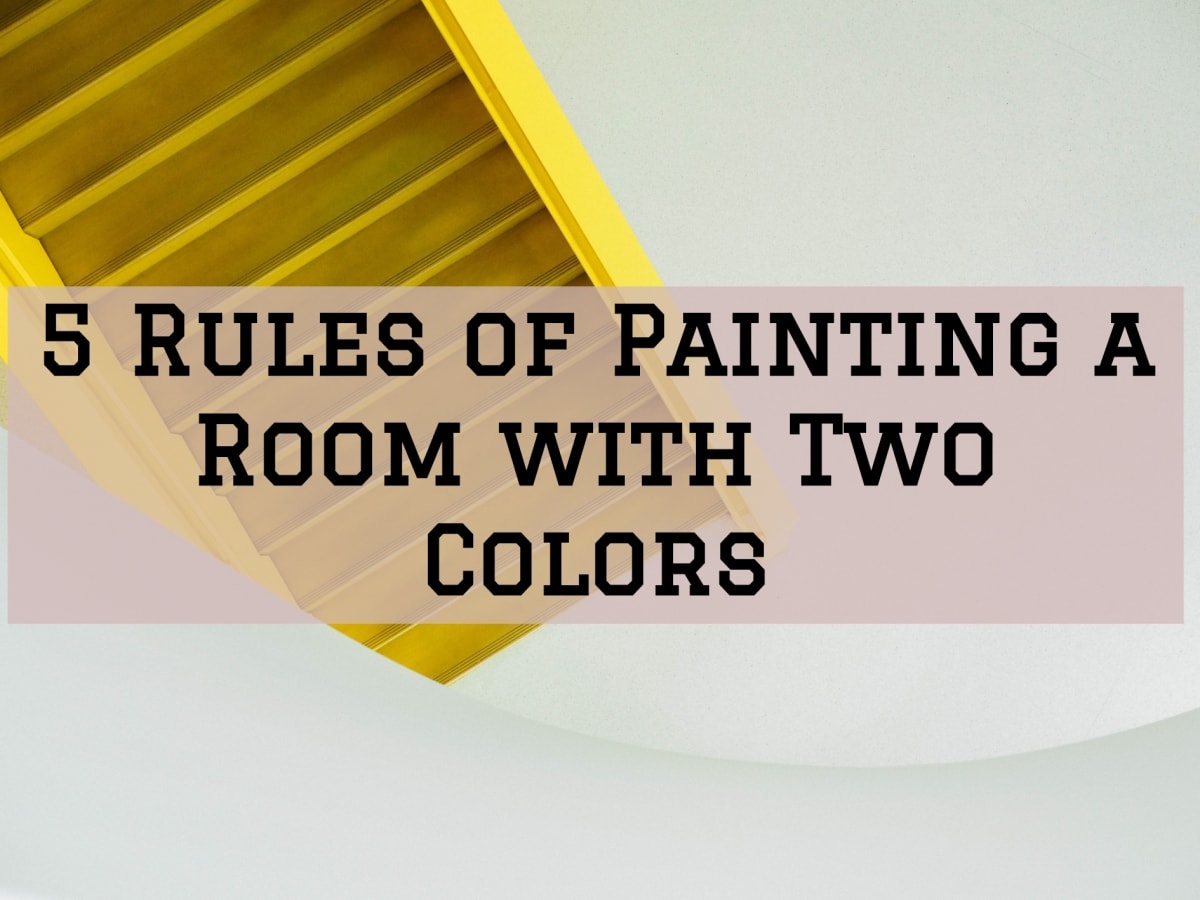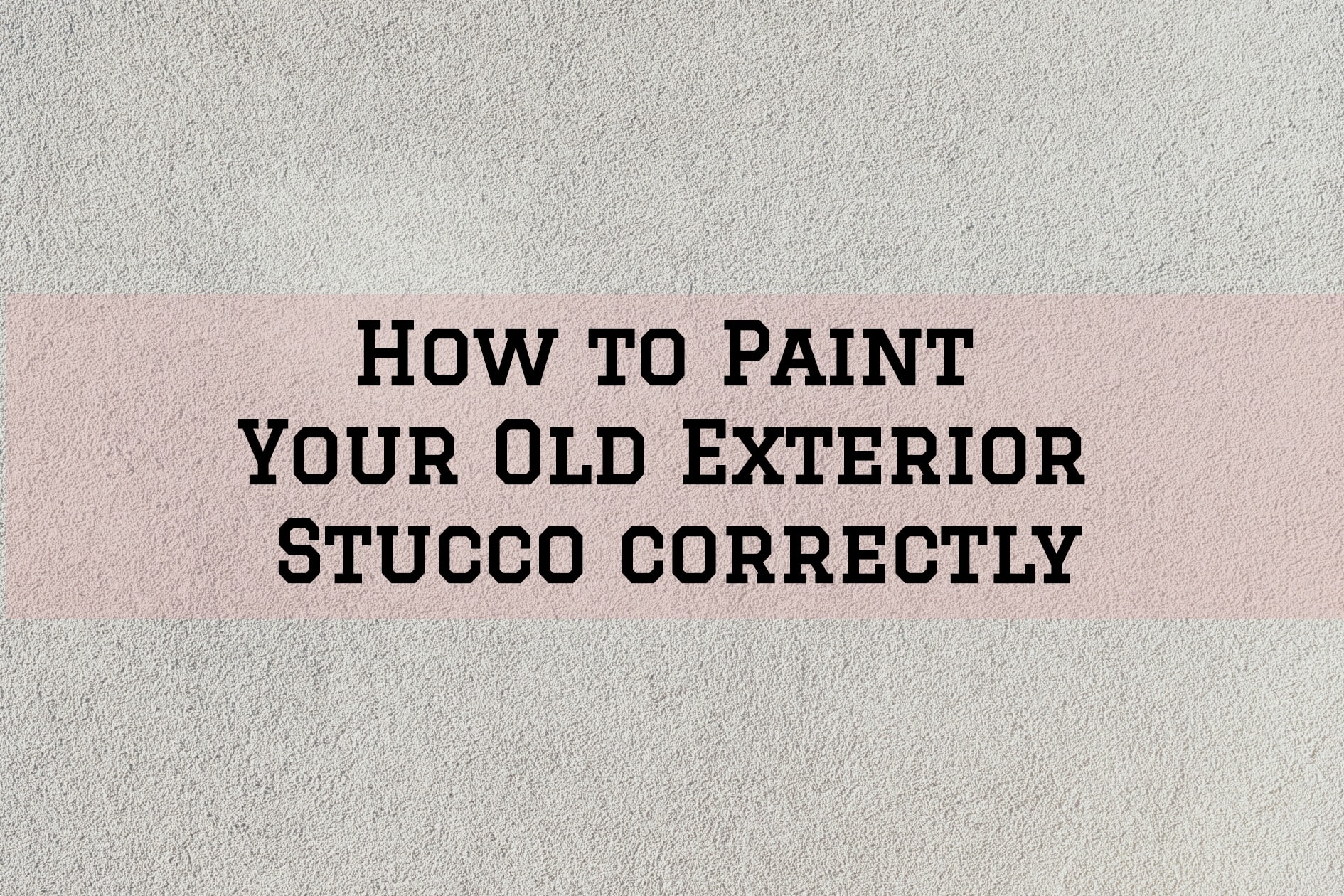How to Paint Your Old Exterior Stucco correctly

4 Rules of Painting a Room with Two Colors
November 24, 2018Wallpaper vs. Painting- Which one Should You Choose?
December 8, 2018How to Paint Your Old Exterior Stucco correctly
Stucco is basically a combination of cement or powdered limestone, blended with sand and water to achieve a mortar-like consistency. Stucco is applied by hand over lath or metal, cures to a hard, durable masonry surface and can last for years on the exterior of your home.
An old exterior stucco siding can be updated by a simple application of paint. It holds paint quite well and as long as your exterior is still in good condition, you can get right to painting after a simple cleaning of the stucco and caulking a few minor cracks.
Preparation before painting
Start by removing dirt and debris from the surface of your stucco. And this in most cases can be achieved by thoroughly brushing the stucco with a push broom that has stifle bristles. However, of your stucco has a deep texture, simple brushing might not suffice, in which case, use a power wash to make sure all the dirt deep down in the crevices comes out.
If the stucco has minor hairline cracks, you can caulk it using the masonry-compatible caulking. If the cracks are larger, use a putty knife to first remove all the loose debris before filling the crack with a dry stucco repair product, mixed with water, as per the instructions on the container.
Don’t start painting immediately, depending on the stucco repair product used, you might have to wait for 5-10 days for it to cure. Check on the product’s packaging for the suggested wait time. Equally, if your stucco has started peeling, you need to fix these patches using a premixed stucco repair patch material.
Other than repairs, you will still need to follow the usual preparation protocol applied before any other home exterior paint job. This includes lining up a tape on windows, doors frames, and light fixtures with a painter’s tape, placing drop cloths on surrounding plants and other immovable items, and masking off doors and windows.
Picking the paint and roller.
Picking the right kind of paint, and the roller is your first step here. Masonry paint is what you will need for painting stucco, as for the color, all the other rules of picking a color for your exterior apply –but the choice is essentially up to your liking.
When picking the paint, you will also need to consider the unique condition and needs of your surface. For instance, flexible acrylic paints expand and contract to adjust to drastic temperature changes, while paints with dirt and mildew-resistant additives will cut down on regular cleaning and maintenance.
Stucco has a greater surface compared to other smooth finishing materials. So you will need to pick an extra paint to be on the safe side. Paint generally adheres well to stucco, and you might not necessarily need a separate primer. However, a coat of a masonry primer can make a whole difference when looking for the best results.
When picking a roller, the first question you need to ask yourself is how rough your stucco’s texture is. Rough and smoother stucco will require slightly different materials and method. A rougher texture will require a larger nap on the roller and more paint, a smoother type will not need an aggressive nap and will tend to use a little less paint.
Painting stucco
Start by applying a coat of exterior masonry primer to the stucco. Brush the primer around the edges first and then roll in the middle expansive area using a thick-nap roller. You can use a roller grid to remove the excess paint before painting to improve the results.
Cover the entire exterior with one coat of primer. Be sure to use a stain-blocking primer if your stucco is stained to prevent the stains from bleeding through. Allow the primer to dry as suggested on the packaging before painting.
Use a paintbrush to apply a light coat of masonry paint around the windows and doors. Next, use a large-nap roller to paint the rest of the surface. Allow your first coat to completely dry before applying your second coat. You can now remove the tape and masking, and watch your paint dry over coffee.
If your stucco has extreme deep texture, even a thick-nap roller might not properly apply paint to the deepest parts. In this case, you might want to spray paint your stucco. This, however, may require specialized skills in order to produce good quality results.
Generally, painting stucco is considered an advanced paint job that should be left to trained and experienced painters. So if you have any doubts about your painting skills and ability, you’re better off contacting a repainting specialized right away to avoid wasting time, money and running into colorful frustrations.





